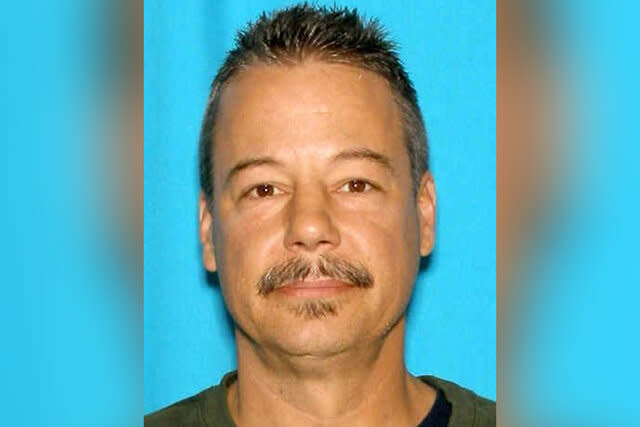Authorities Identify Suspect In Washington Teen's 1990 Cold Case Murder
Authorities in Washington announced they have identified a murder suspect in the 32-year-old murder of a teenage girl.
Michelle Koski, 17, vanished from her Seattle Lake City neighborhood on Aug. 18, 1990, according to Fox Seattle affiliate KCPQ. She reportedly visited a Seattle apartment earlier that day, but investigators believed Koski left to meet someone else for a drink later on.
“The person probably intended to have sex, and she didn’t want to,” Snohomish County Detective Jim Scharf told the outlet in 2012. “She probably tried to flee, and he ran her down and strangled her.”
A week later, a woman walking her dog near Echo Lake Road and Highway 522 in Snohomish — 15 miles from where the teen went missing — came upon Koski’s body. Investigators said that whoever committed the crime used pieces of concrete from a nearby pile to “finish her off.”
Koski’s murder went unsolved for three decades until officials with the Snohomish County Sheriff’s Office announced Thursday that they had identified the suspect as Robert A. Brooks, using the latest advancements in genetic genealogy.
“After more than 30 years of searching for answers following this terrible murder, we can finally provide Michelle’s family with some answers,” said Snohomish Sheriff Adam Fortney. “Thanks to the relentless persistence of our cold case detectives, new DNA technology, and advancements in genetic genealogy, we are now able to solve cases we once thought we’d never find the answers to.”
Authorities say Robert Brooks — who was 22 at the time and had just been released from prison, according to Seattle news station KOMO — was living with a relative only a few blocks from Koski. Authorities did not say for what he was previously convicted, though KOMO reported that he'd been convicted as a juvenile.
Brooks died of natural causes at age 48 in King County, Washington, on Oct. 26, 2016.

Robert Brooks Photo: Snohomish County Sheriff's Office
Detective Jim Scharf, along with now-retired detective David Heitzman, reopened the case in 2005 as part of the then-new Cold Case Team. According to Parabon, Scharf set out to solve five unsolved murders before his retirement after 45 years on the job and, with the company's help, he “closed all five.”
When they first opened the case and developed a DNA profile of the suspect, entering it in a federal database yielded no results, though it did help investigators rule out other suspects, according to the sheriff’s office.
County officials then turned to Parabon NanoLabs for assistance, where genealogists had to “deconvolute” the DNA sample, because it contained the DNA from both suspect and victim.
“The crime scene in the Koski case was particularly challenging,” said Dr. Janet Cady, Senior Director Bioinformatics Scientist at Parabon. “Without mixture deconvolution, the genetic genealogy matches would have included relatives of the victim and led investigators down a wrong path.”
Experts spent about one year building family trees and entering their findings into public genealogy websites, including Family Tree DNA and GEDmatch. Ultimately, the DNA led investigators to two of Brooks’ brothers.
State and county crime labs compared the crime scene samples to Brooks’ DNA, revealing they were the same person.
“The estimated probability of selecting an unrelated individual at random from the U.S. population with a matching profile is one in 1.2 quadrillion,” said the sheriff’s office.
Both the Sheriff’s office and Parabon Nanolabs praised Detective Scharf, whose work with Parabon also helped close the 1987 homicides of Jay Cook and Tanya Van Cuylenborg. The conviction of William Talbott in the case marked the first time a suspect was found guilty after being connected to a crime through genetic genealogy. (Talbott’s conviction was later overturned due to jury bias, but he remains in prison pending the state's appeal of that decision. If the state loses that appeal, it can still retry him on the charges.)
“This is a fitting finish to Detective Scharf’s distinguished career being the voice for those no longer able to speak for themselves,” said Heitzman, the retired detective who worked with Scharf. “The epitome of a homicide detective, he has effectively set the bar very high for cold case investigations in the state of Washington.”
Some of those who knew Koski spoke at a news conference to share their relief that the case had finally been solved — including her friend Melissa Johnson, who’d known Koski since she was 10 years old, according to ABC News.
“I often wonder what she would have been like had she still been alive and how different my life would be, as well,” said Johnson. “I now pray that Michelle can finally rest in peace.”

